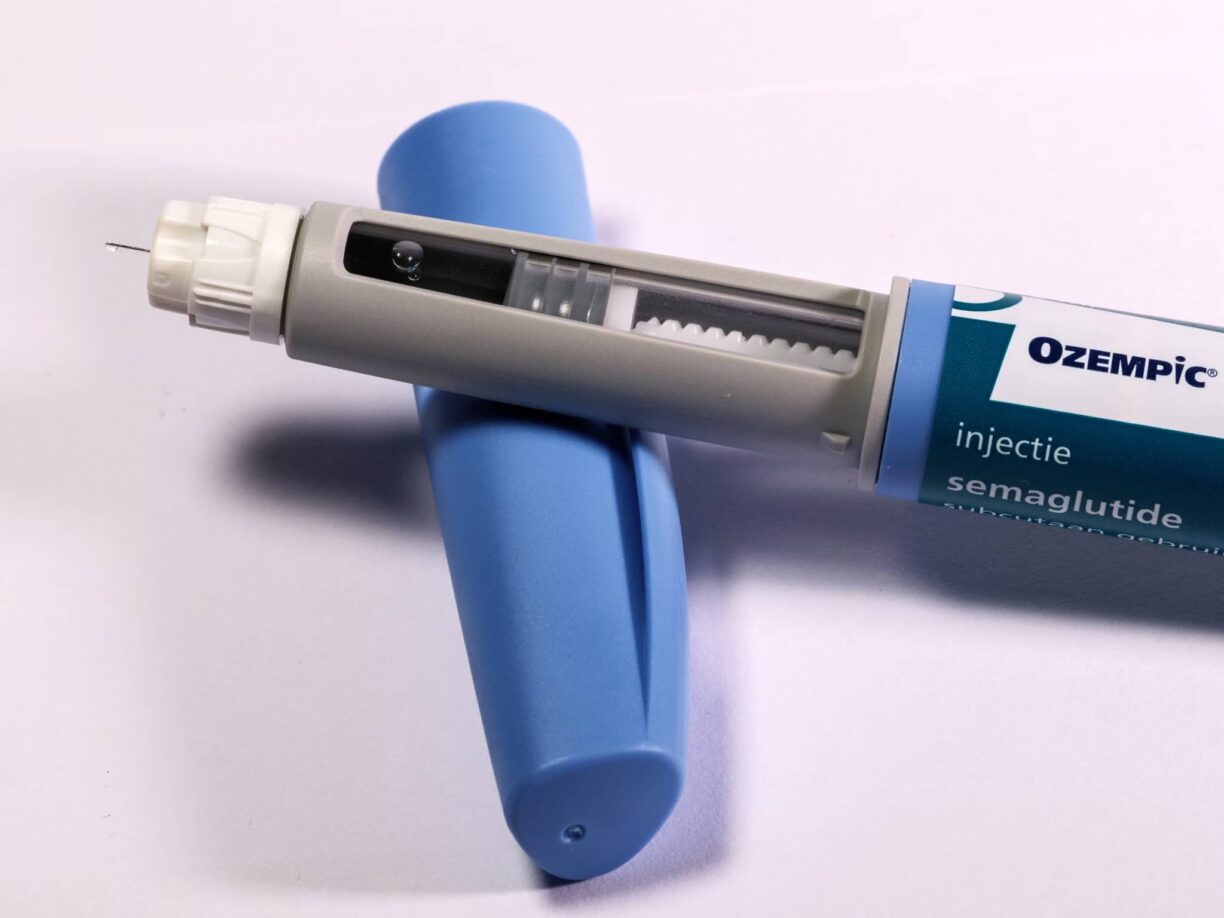Technology is becoming more pervasive, becoming increasingly integrated into our lives as the days pass—including the way healthcare is delivered.
Health tech is revolutionising healthcare and has the potential to reduce healthcare costs, increase access, and improve outcomes.
Cloud-based capabilities, data, and remote monitoring can energise clinical care while improving patients’ quality of life and generate economic value.
Unfortunately, there is wide variability across the UK in terms of accessible healthcare.
Have you ever thought about how health tech can improve healthcare for minorities, those of lower socio-economic status, disabled people, and those with existing health conditions?
Minorities
Sadly, in 2020, there are still racial inequalities for healthcare. For example, there are massive racial disparities in pregnancy-related deaths, with statistics showing overwhelmingly that Black women are more likely to die during pregnancy than white women.
Discrimination is often to blame for differences in treatment and support offered by healthcare professionals, with COVID-19 placing racial health inequalities under a sharp spotlight.
A mixture of racism, deprivation, and social injustice results in both healthcare professionals and patients from Black and Asian backgrounds twice as likely to die of COVID-19 in the UK—healthcare providers must acknowledge that the way care is delivered may unconsciously disadvantage some ethnicity groups, socio-economic status, or existing health conditions.
Research also found that Black patients are more likely to wait longer for a primary doctor’s appointment, a shocking finding.
Lanna Wisniewski, assistant professor of health policy and management at Tulane University School of Public Health and Tropical Medicine commented: “Timeliness of care is really important. Delay in seeing a provider means that the patient spends more time experiencing the illness or injury.
“They may be anxious or in pain for longer. They may struggle for longer to go to work or take care of their family.
Delay also gives the condition more time to worsen, which means that if a health system gives more timely care to one group over another, the health system itself may be contributing to health disparities.”
Low socio-economic background
According to reports, although there was an improvement in health across all classes during the first 35 years of the NHS, a correlation still exists between social class and infant mortality rates, life expectancy, and inequalities in the use of medical services.
Poverty can be blamed along with poor housing conditions, and notably, a lack of resources in healthcare and poorer areas in comparison to wealthy areas—rural hospitals and community health centres are less likely to have the same resources and expertise of large and perhaps city hospitals, with less funding for advanced medical technologies.
Mental health charity Mind conducted research across 42 areas in the UK and found that spending on mental health varies considerably across England, with a two-fold difference in government funding between certain areas, suggesting the UK needs to focus on parts of the nation with high unmet clinical needs.
Disabilities
People with disabilities face major hurdles accessing healthcare in the UK, with research showing disabled women are particularly disadvantaged.
A report by BMJ assessed the reasons for unmet healthcare, finding that long waiting lists and distance or transport issues were primary reasons for individuals with disabilities not accessing the healthcare they need.
How can health tech help?
While there are many complex factors contributing to these equalities among many others including stigma, discrimination, and environmental factors, it is clear that health needs to be primarily accessible, safe, and culturally responsive.
In order to provide appropriate healthcare for disadvantaged groups, health tech can provide a number of online healthcare services such as:
- NHS prescription delivery which can be lifechanging for those who are hindered by their disability and struggle to leave their house
- Booking in-person GP appointments online for ease of access
- Online doctor’s appointments and video consultations when patients might not be able to make a physical appointment
- Signposting to alternative health services when others may be full or there are long waiting lists to prevent a backlog—this can be beneficial for hard to reach communities including ethnic minorities, locations with a geographic disadvantage, and older and disabled individuals
- Globally, more people own a mobile phone than own a toothbrush—let’s take advantage of that and reach people who might usually suffer in silence.
The tremendous growth in the use of health tech provides many opportunities to work with communities to reduce health disparities—particularly mobile technologies due to the extensive use within ethnic minority communities.





